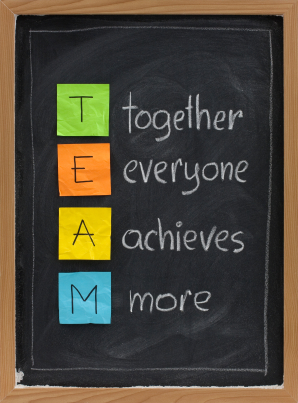What makes you a leader is not a title but your attitude and your actions. Leadership is about how you interact with people and how you motivate them to work with you toward a goal together.
In this article you’ll find practical tips to improve your leadership:
- Value every relationship: there’s a person behind every job title. You have the chance to influence him/her by the way you interact with every team member.
- Think about your team’s needs before your own: Thinking about your team’s needs could be as simple as saying thank you or as serious as making a trip to the hospital after hours.
- Help your team grow: Provide training and opportunities for them to work at their full potential. Encourage and sponsor continuing education.
- Share the credit: Make your team look good. Give them the spotlight and let them shine.
- Shoulder the blame: If you and your team fail to meet a goal or a project doesn’t go as well as planned, the blame stops with you. If you need to give feedback to people about their performance, do so privately.
- Never say that’s not my job: Help with what needs to be done, even if it’s not your responsibility. Even when nobody’s watching.
- Be a person of character: Leadership is less about skills and more about living by your values. Your team certainly doesn’t want to follow a leader they can’t trust. Respect takes a long time to earn and a second to lose.



